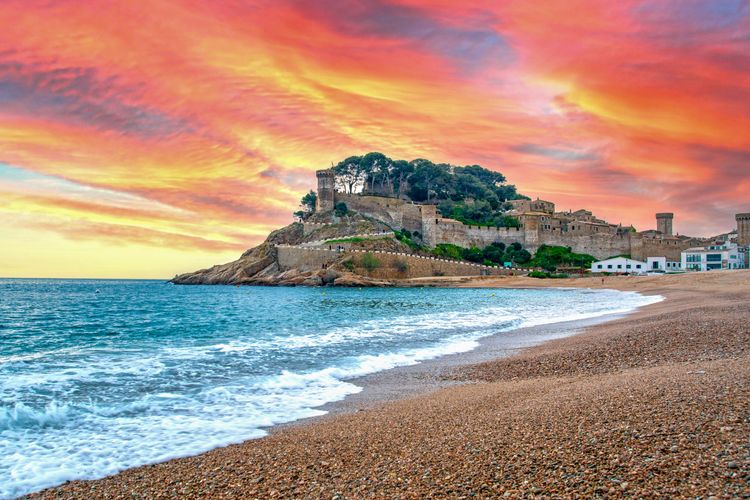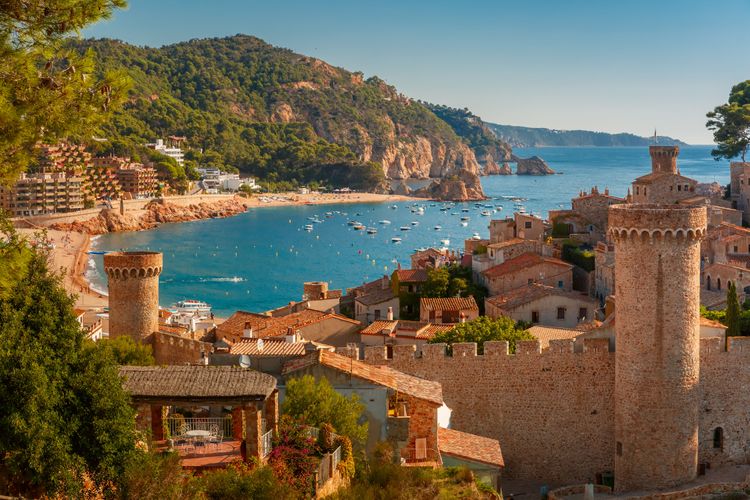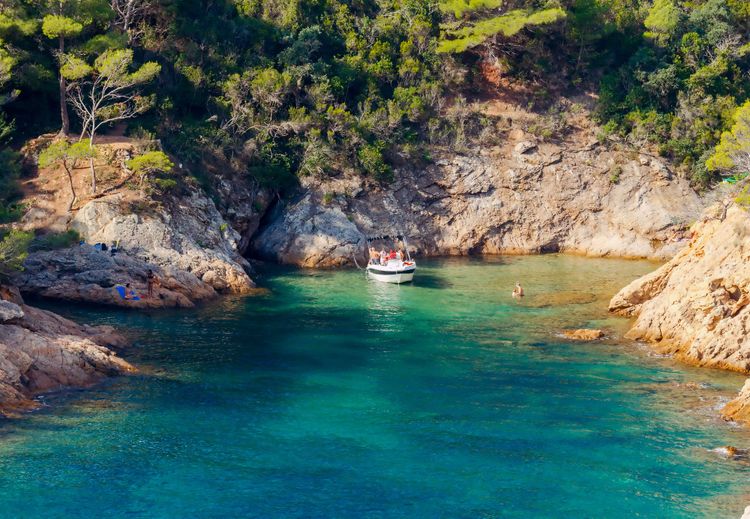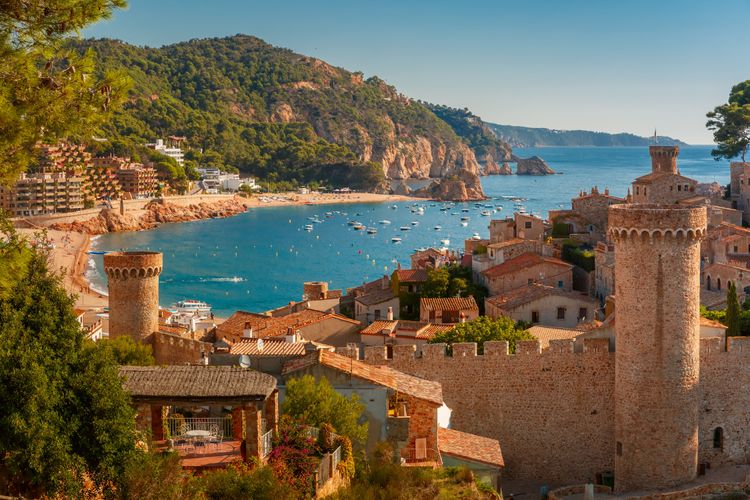It may seem surprising in view of the concrete development of some of the Costa Brava's seaside resorts, but there was a time when this coast was literally wild, dotted with small fishing villages with dry-stone houses. It was this setting that many artists fell in love with between the wars, foremost among them the painter Marc Chagall, who established his summer quarters in Tossa de Mar in the 1930s. Other artists, such as the writer Georges Bataille and the surrealist André Masson, would follow, giving this stretch of beach in the shade of the pines a reputation for avant-garde protest on the eve of the Spanish Civil War, which broke out in 1936.
 Costa Brava
Costa Brava













